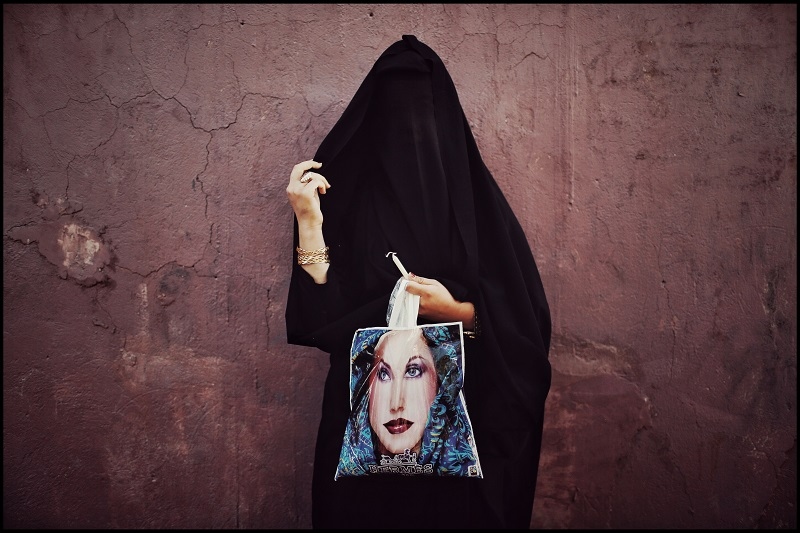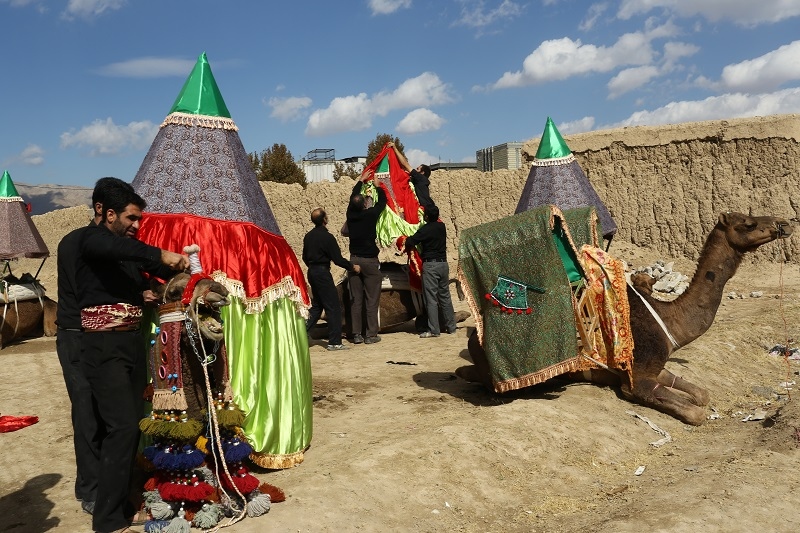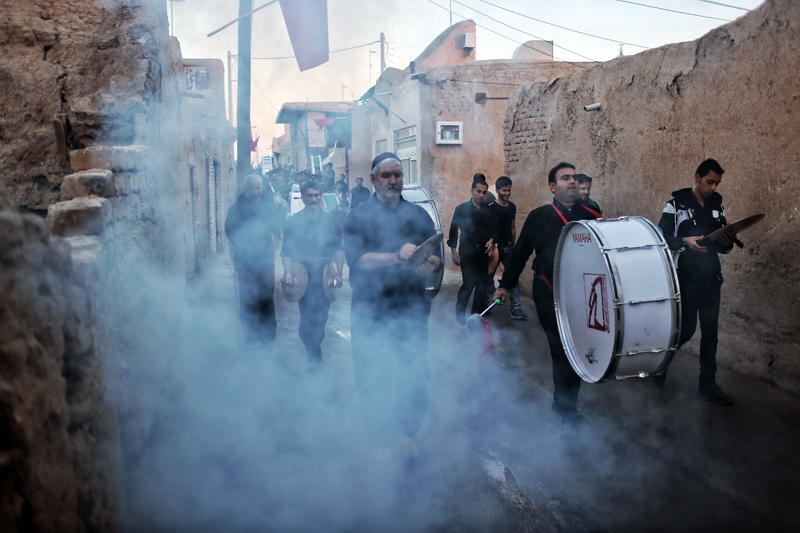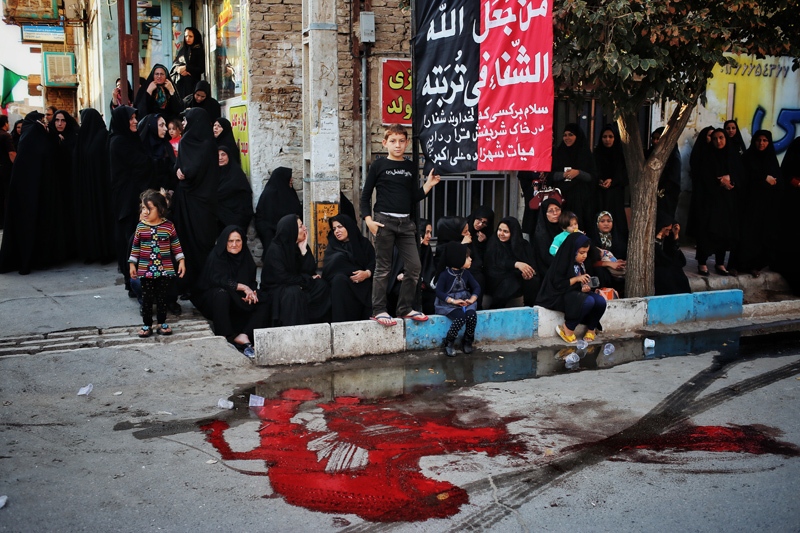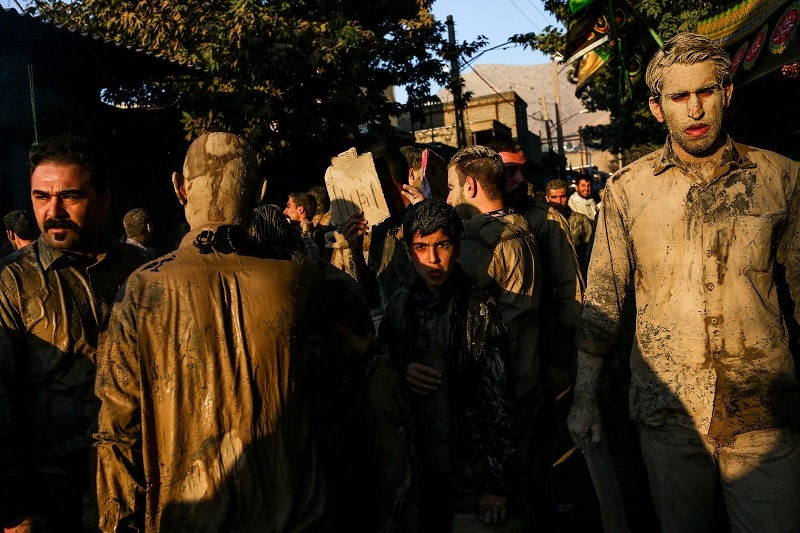Dying with honor is better than living with abjection (hussain ibn ali)
Since I remember ... we always cried for him.
We always spend millions for him.
We always asked help in our hard life days from him and he helped us .
I always asked myself: who is Hussein? why is he hero of muslims ?
And Why is he still alive among people ,1337 years after his death ?
....
Ashoura Day is a historical and epic day in the Islamic world in which Hossein Ibn Ali (the grandson of Prophet Mohammad (PBUH) and the hero of the World Shiites along with 72 of its friends and family members were martyred in 680 AD (10th of Moharram) for not swearing allegiance to the ruler of that time (Yazid) and resistance against oppression.
Hossein's epic became famous in the world as Islam was moving on a dangerous path before his martyrdom and its position was weakening but Ashoura turned into the most important historical event after Islam and the Islamic society found its character and philosophy and became the starting point of many movements and uprisings and played an important role in forming the revolutions, including the Islamic Revolution in Iran.
Hossein's epic and his martyrdom play an important role today in important events, including the Islamic Awakening and Muslims' battles against the ISIL (ISIS) terrorist group in countries like Syria and Iraq.
Every year on this historical day, millions of people across the world hold mourning ceremonies to keep Hossein's name alive. Mourning for Hossein (AS) officially started in Iran, with the most Shiite population in the world, in 923 AD (during Al-e Bouyeh rule) and after that every year, millions of Iranians, Shiite and Sunni, hold mourning ceremonies on this historical day with their different cultures.
The Iranian people believe that Hossein (AS) was a holy and right-seeking person who was killed on the way of freedom and freedom-seeking; therefore, they spend millions of dollars every year for religious speeches, Ta'aziyeh (religious theatre), mourning ceremonies and Sacrificing animals for cooking food (votive) for people to commemorate the day and keep their love and honor for Hossein (AS) alive.

